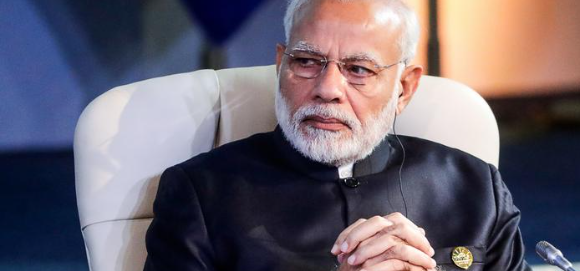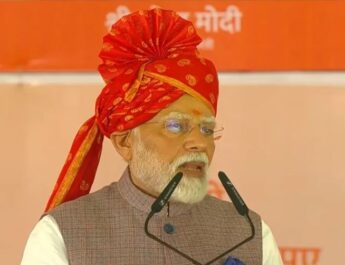Big cities like Beijing of China are close to Arunachal Pradesh. The aerial distance from Itanagar in Arunachal to Beijing is approximately 2537 km. That is, India can easily launch a missile attack on China from here.
Also, Arunachal Pradesh is the most suitable place to deploy India’s multi-layered air defense to avoid possible attacks from China.
To strengthen the Indian Air Force, 4 airports Itanagar, Ziro, Pasighat and Tezu have been built in Arunachal. Along with this, there are 9 air strips at Ala, Mechuka, Pasighat, Tawang Air Force Station, Tooting, Vijayanagar, Walong, Ziro, Daporijo. Several helipads have been built near the McMahon Line. In the event of war, the Air Force can open a front against China from these places.
These are the 3 big reasons behind China’s slant on Arunachal Pradesh…
- Most important location in terms of war
China’s interest in Tawang is for strategic reasons, as it provides a strategic entry into India’s northeastern region. Tawang is an important point on the corridor between Tibet and the Brahmaputra Valley. North of Tawang is the important Bum La Pass, a border pass between India’s Tawang district and Chinese-occupied Tibet. Incidentally, in 1962, Chinese troops used this pass to attack India.
- Tawang Monastery can become the center of rebellion against China in Tibet
There is also Tawang Monastery in Tawang itself. It is the second largest monastery of Tibetan Buddhism in the world. The monastery was established by Merag Lodro Gyamtso in the year 1680-81 in honor of the fifth Dalai Lama. China claims that the monastery is proof that the district once belonged to Tibet. China cites historical links between Tawang Monastery and Lhasa Monastery in Tibet in support of its claim on Arunachal.
Despite the fact that the Simla Conference of 1914 was attended by a Chinese delegate on an equal footing with a Tibetan delegate. During this time the McMahon Line was drawn, which separates the eastern region of India from Tibet. It clearly demarcated the boundary between India and Tibet.
Tawang is an important center of Tibetan Buddhism. Due to this, some tribes living in the high altitude areas of Arunachal have cultural connection with the people of Tibet. The Monpa tribal population practices Tibetan Buddhism and is also present in some areas of Tibet. China fears that the presence of these ethnic groups in Arunachal may at some point give rise to a pro-democracy Tibetan movement against Beijing.
The Diplomat, a news website writing on international relations, has written in a report that Tawang Monastery is the place where the current Dalai Lama stayed for weeks after fleeing China in 1959. So from China’s point of view, it is a site of Tibetan resistance to Chinese rule. China believes that if ever there is a rebellion against the Chinese government in Tibet, Tawang will be its main center.
When China was occupying Tibet in 1959, the Dalai Lama came to India via Tawang and stayed at Tawang Monastery for some time.
- China also eyeing Bhutan via Arunachal
The borders of Arunachal Pradesh meet the eastern border of Bhutan. China’s plan is to capture Arunachal Pradesh, so that it becomes Bhutan’s neighbor. China is already building roads on a large scale to connect strategic points in the western part of Bhutan.
According to reports, China wants to extend its roads from Doklam to Gamochin, which is currently guarded by the Indian Army. China’s attempt to move closer to the Siliguri Corridor is a security threat to both India and Bhutan. China is expanding its network of railway lines in the region, which can give its military a huge advantage in times of war.




